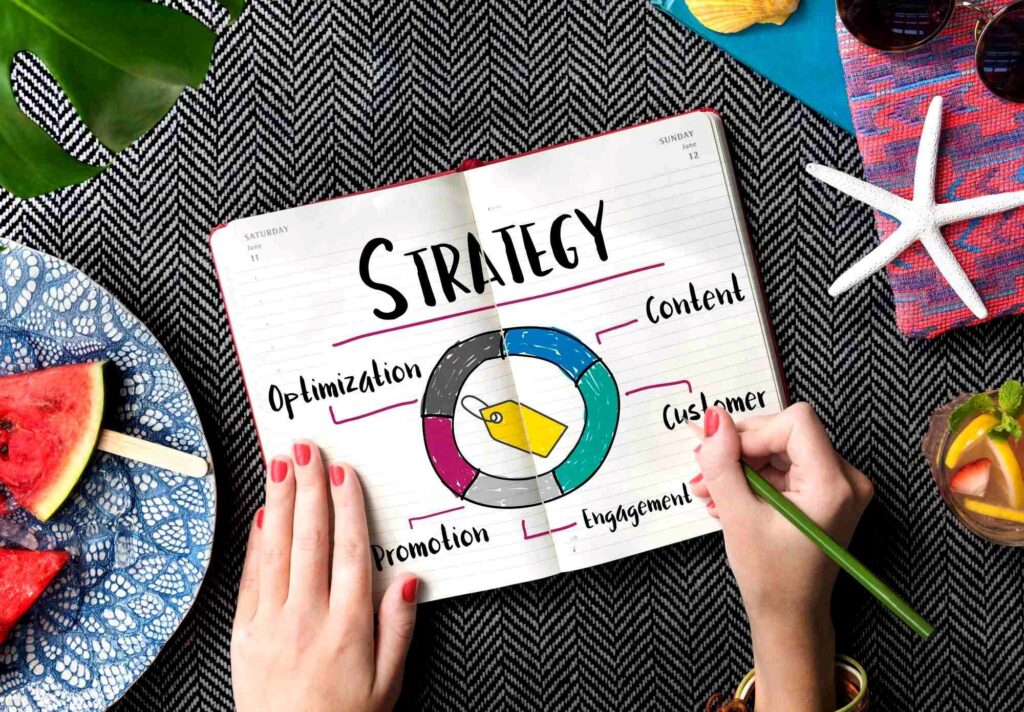
Buyers today are more informed, more skeptical, and more independent than ever. They spend hours researching solutions, comparing vendors, and seeking recommendations from peers before ever filling out a contact form.
A structured lead generation strategy brings consistency. You know who you’re targeting, how to reach them, and what to expect from your efforts. That means better ROI, more qualified opportunities, and fewer wasted hours chasing the wrong leads.
In this comprehensive guide, you’ll learn how to build a lead generation strategy that delivers real results—from defining your ICP to crafting messaging that converts.
Define Your ICP
Every lead generation strategy starts by defining exactly who you’re targeting. That’s where the Ideal Customer Profile (ICP) comes in. It’s not just about company size or industry. A strong ICP includes job titles, budget size, pain points, buying triggers, and tech stack. The more specific you are, the better your results will be.
A winning lead generation strategy uses a mix of firmographic (company size, revenue), technographic (tools they use), and intent data (who’s actively researching topics like yours) to shape your ICP. Platforms like LinkedIn Sales Navigator, BuiltWith, ZoomInfo, or Slintel can provide valuable insights into your best-fit prospects.
Map the Lead Funnel
Once your ICP is clearly defined, the next step in your lead generation strategy is mapping the funnel. Start by understanding the lead stages:
- MQL (Marketing Qualified Lead): Someone who’s shown interest but isn’t ready for sales.
- SAL (Sales Accepted Lead): Sales agrees it’s worth pursuing.
- SQL (Sales Qualified Lead): Sales has validated it as a real opportunity.
To keep your funnel clean, use lead scoring. Combine demographic factors (like job title or company size) with behavioral signals (like webinar attendance, email clicks, or demo requests). This helps you prioritize the leads that matter most.
Choose the Right Lead Generation Channels
A successful lead generation strategy leverages the right mix of outbound, inbound, and intent-based channels, as not every method suits every business.
Outbound Lead Generation
Outbound is all about reaching out first. Cold email and LinkedIn campaigns are staples here. When done well, they get straight to the point and speak to real pain points your ideal customers are facing.
If you’re serious about outbound, you’ll want a structured SDR team: researchers, writers, closers. Build a playbook that outlines targeting, messaging, objection handling, and follow-up cadence.
Don’t want to build it all from scratch? That’s where an outsourced SDR team can be a game-changer. They already have the tech, the workflows, and the trained reps.
Inbound Lead Generation
Instead of chasing leads, you attract them by giving them something valuable first.
Start with content: SEO-optimized blog posts, guides, and landing pages built around the keywords your audience is searching for. Add gated assets, such as whitepapers, webinars, or calculators, to capture contact information and encourage engagement. Pair it with paid ads and retargeting to bring back visitors who didn’t convert the first time.
Event-Based or Intent-Driven Outreach
Look for buying signals, such as someone searching for specific topics, attending competitor webinars, or hiring for roles that indicate a shift in priorities. Tools like ZoomInfo Intent, Bombora, and Leadfeeder can help you track these signals in real time.
Once you notice a trigger event (e.g., a funding announcement, a new leadership hire), reach out with a message that feels relevant and timely. These leads are hot—they’re actively in the market.
Craft Messaging That Converts
Now that you know where to reach your leads, it’s time to figure out what to say. Because even the best lead list won’t help if your message falls flat, whether it’s email, LinkedIn, or paid ads, your messaging needs to be sharp, relevant, and impossible to ignore.
The key? Personalization at scale. Use dynamic fields (like name, company, or industry) and tie your message to a specific pain point or goal. Even minor tweaks can dramatically improve your reply rates.
There are a few go-to frameworks that keep things simple and effective:
- PAS (Problem–Agitate–Solution): Call out a challenge, highlight the pain it causes, then offer your solution.
- AIDA (Attention–Interest–Desire–Action): Grab attention fast, build interest, spark desire, and make it easy to take the next step.
Problem–Solution: Straight to the point—“Here’s your issue, here’s how we fix it.”
Conclusion
Your lead generation strategy isn’t set in stone. Adjust it to match your sales cycle and buyer behavior. If you’re not sure where to begin, start by auditing your current process to help you build a system that actually delivers.